- Home
- Articles
- Architectural Portfolio
- Architectral Presentation
- Inspirational Stories
- Architecture News
- Visualization
- BIM Industry
- Facade Design
- Parametric Design
- Career
- Landscape Architecture
- Construction
- Artificial Intelligence
- Sketching
- Design Softwares
- Diagrams
- Writing
- Architectural Tips
- Sustainability
- Courses
- Concept
- Technology
- History & Heritage
- Future of Architecture
- Guides & How-To
- Art & Culture
- Projects
- Interior Design
- Competitions
- Jobs
- Store
- Tools
- More
- Home
- Articles
- Architectural Portfolio
- Architectral Presentation
- Inspirational Stories
- Architecture News
- Visualization
- BIM Industry
- Facade Design
- Parametric Design
- Career
- Landscape Architecture
- Construction
- Artificial Intelligence
- Sketching
- Design Softwares
- Diagrams
- Writing
- Architectural Tips
- Sustainability
- Courses
- Concept
- Technology
- History & Heritage
- Future of Architecture
- Guides & How-To
- Art & Culture
- Projects
- Interior Design
- Competitions
- Jobs
- Store
- Tools
- More
Understanding the Role of Bubble Diagrams in Modern Architecture Design
Explore the fascinating role of bubble diagrams in modern architecture, a vital tool for visualizing spatial relationships in design. Discover how these simple yet powerful sketches enhance creativity, communication, and efficiency by allowing architects to experiment with layouts without the burden of technical details.
In the ever-evolving world of modern architecture, the tools we use to conceptualize and communicate designs are just as crucial as the structures themselves. Among these tools, bubble diagrams stand out as a simple yet powerful way to visualize and organize spatial relationships during the initial phases of design. By allowing us to explore various layouts and functions, bubble diagrams help architects and designers ensure that every element finds its rightful place.
These diagrams serve as a bridge between abstract ideas and tangible designs. They enable us to experiment with different configurations without being bogged down by technical details too early in the process. As we sketch out these bubbles, we can easily see how spaces interact, which helps us refine our designs to meet the needs of clients and communities. Bubble diagrams are more than just circles on paper; they’re the first step in turning visionary concepts into reality.
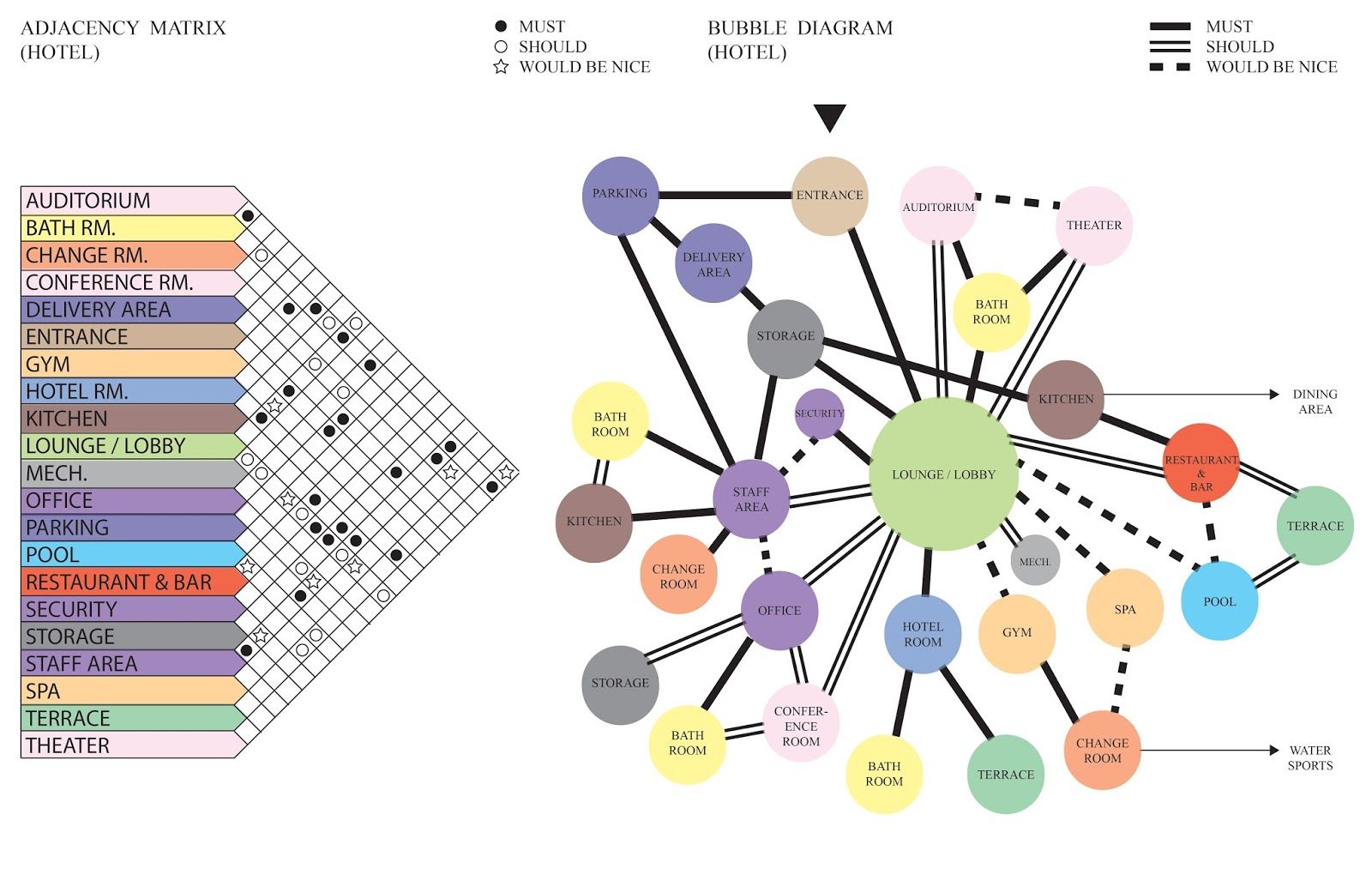
Table of Contents
ToggleUnderstanding Bubble Diagrams
Bubble diagrams serve as a preliminary tool in architectural design, helping us organize and visualize spatial relationships. These diagrams use simple circles to represent different spaces or functions, allowing us to explore various configurations efficiently. An essential aspect is their ability to clarify how spaces interact with one another during initial design phases.
Try Our Free Bubble Diagram Maker ToolIn our design process, bubble diagrams offer flexibility by minimizing the focus on technical specifics. This approach enables us to explore creative layouts, accommodating different spatial needs before delving into detailed plans. Bubble diagrams facilitate communication, ensuring that client ideas translate effectively into preliminary sketches.
When we use bubble diagrams, we can refine spatial arrangements dynamically. This adaptability empowers us to adjust layouts based on client feedback or new insights that arise during discussions. By providing a clear visual representation, bubble diagrams help us make informed decisions that align with project goals.
Incorporating bubble diagrams into our design workflow streamlines the transition from concept to tangible structure. It’s a crucial step that reinforces effective communication, creativity, and client satisfaction, all of which are key in modern architecture.
Historical Context of Bubble Diagrams
Bubble diagrams trace their roots back to the early 20th century, emerging as part of architectural design’s evolution. Architects began using these diagrams in response to the shifting focus toward functionalism and efficiency in building design. As modernism gained traction, there was a need for tools that could assist in visualizing spatial relationships without becoming bogged down by technical complexities.
Prominent figures like Le Corbusier and Frank Lloyd Wright valued conceptual approaches that included bubble diagrams, recognizing their potential in ideation and planning. During this era, these diagrams served a dual purpose: streamlining the architect’s creative process and optimizing spatial organization according to human needs and activities.
With the rise of computer-aided design (CAD) in the late 20th century, bubble diagrams retained their relevance, evolving from hand-drawn sketches to digital formats. They became an integral part of architectural education, teaching students the importance of spatial dynamics and functional layouts. This historical development illustrates the diagram’s enduring utility in bridging conceptual and practical elements of architecture, adapting to technological advancements while maintaining their core purpose.

The Role of Bubble Diagrams in Modern Architecture
Bubble diagrams hold a foundational role in modern architecture. They enhance spatial planning and facilitate effective communication in design processes.
Enhancing Spatial Planning
Bubble diagrams excel in spatial planning by helping architects visualize potential layouts. They allow us to see relationships between different spaces, such as how a kitchen connects to a living area. This visualization aids in determining efficient spatial organization, accommodating both functionality and aesthetics. By using simple shapes, we can experiment with various configurations without delving into details prematurely. This flexibility ensures that we can refine layouts in alignment with architectural and user needs, adapting designs quickly in response to conceptual clarity and project requirements.
Facilitating Communication
Bubble diagrams play a critical role in communication between architects and clients. These visual tools help convey complex ideas simply and effectively, bridging the gap between abstract concepts and client expectations. When clients provide feedback, we can easily revise diagrams, making immediate adjustments clear without technical jargon. This iterative process fosters a collaborative dialogue, ensuring that client visions transform seamlessly into actionable design layouts. By cementing a shared understanding, bubble diagrams improve overall project satisfaction and stakeholder engagement, reinforcing their significance in modern architectural practices.
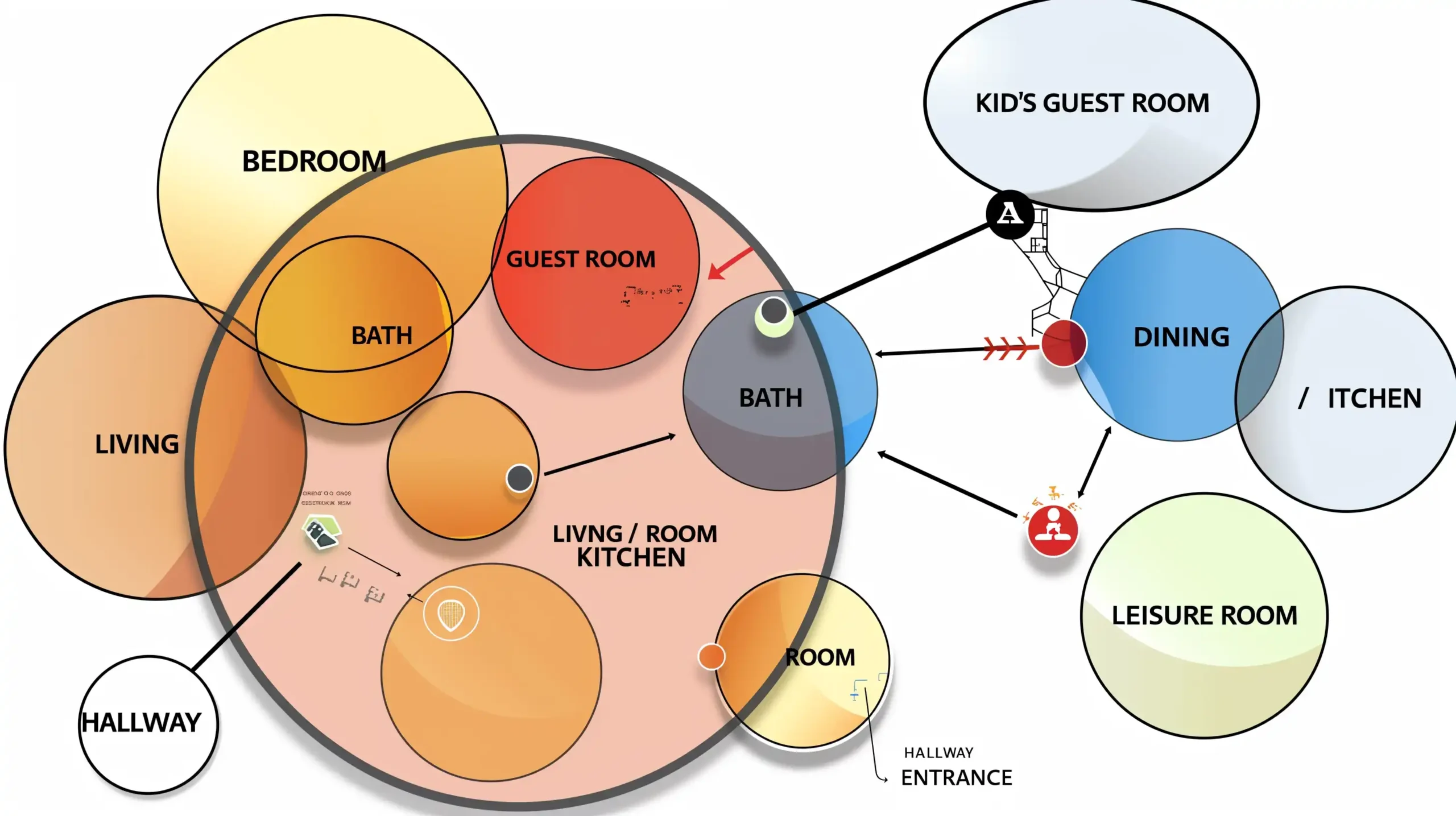
Benefits of Using Bubble Diagrams
Bubble diagrams streamline the design process by enhancing clarity and communication. They support creative exploration and efficient spatial organization.
Flexibility in Design
Bubble diagrams offer unrivaled flexibility. By utilizing simple shapes, we can quickly evaluate different configurations. This adaptability enables us to make rapid adjustments based on emerging needs or client preferences. The visual simplicity encourages out-of-the-box thinking, allowing for innovative solutions to complex design challenges.
Optimizing Functionality
We optimize functionality through strategic spatial organization using bubble diagrams. By visually mapping out relationships between spaces, we ensure efficient workflows and accessibility. For instance, aligning kitchen and dining areas enhances usability. This method helps us focus on practical needs without delving into technical complexities early in the design phase.

Tools and Techniques for Creating Bubble Diagrams
Architects employ various tools and techniques to create effective bubble diagrams. Traditional drawing methods laid the groundwork by using pencils and paper to sketch intuitive spatial relations. This hands-on approach offers direct engagement with the design process but may lack flexibility.
In contemporary practice, digital tools have significantly enhanced the creation of bubble diagrams. Software such as AutoCAD, Revit, and SketchUp allow precise manipulation of space elements. These platforms provide features like drag-and-drop and layering, enabling architects to experiment swiftly with multiple configurations and layouts. They also offer seamless integration with other design phases, streamlining the workflow from conceptualization to detailed planning.
Moreover, graphic design software like Adobe Illustrator further refines visualization by delivering high-quality presentations. This encourages clearer communication with clients and stakeholders through polished and understandable visuals. By leveraging these digital tools, we enhance accuracy and efficiency in representing spatial relationships, ensuring our designs remain responsive and adaptive to evolving architectural needs.
Additionally, we incorporate techniques such as spatial analysis and zoning, which facilitate the creation of bubble diagrams. Spatial analysis helps evaluate how different spaces interact based on factors like accessibility and use patterns. Zoning categorizes areas within a design, streamlining the process by organizing functions according to user requirements and project priorities. Together, these techniques ensure a thorough understanding of the spatial dynamics, fostering innovative solutions in architectural design.

Case Studies of Successful Applications
Examining specific projects illustrates how bubble diagrams effectively bridge conceptual designs and practical implementation. Let’s explore three notable examples where architects have successfully applied bubble diagrams.
Urban Community Center
In the design of the Greenpoint Community Center, architects used bubble diagrams to organize diverse functions such as recreational facilities, meeting rooms, and administrative offices. The diagrams allowed them to visualize spatial relationships, ensuring logical flow and accessibility throughout the building. By prioritizing community needs in the layout, the design facilitated seamless interactions between distinct areas, enhancing user experience.
Innovative Educational Facility
The New Horizons School project showcased how bubble diagrams can optimize learning environments. Architects used these tools to map out classrooms, laboratories, and common areas, identifying potential connections and adjacencies that promote collaborative learning. As a result, the school’s layout fosters interaction between students and staff, supporting an innovative and adaptable educational atmosphere.
Eco-Conscious Residential Complex
In the Sunrise Eco-Residences, bubble diagrams played a pivotal role in achieving sustainability goals. Architects employed the diagrams to address spatial challenges, including natural light distribution and energy-efficient design. Diagrams enabled the team to experiment with various configurations, integrating green spaces and shared amenities efficiently. This approach ensured the final design met environmental standards and resident comfort alike.
Through these case studies, we see bubble diagrams’ capacity to transform abstract ideas into actionable design solutions. Their application across diverse architectural contexts underscores their versatility and value in modern design.

Challenges and Limitations
While bubble diagrams offer various benefits in early-stage architectural design, they present certain challenges and limitations. One common issue is the potential oversimplification of complex spatial relationships. Bubble diagrams rely on basic shapes to represent spaces, which may lead to a lack of clarity in representing specific dimensions or connections between spaces like utility access or building codes.
Another challenge arises when translating bubble diagrams into detailed architectural plans. The abstract nature of these diagrams can create discrepancies between the intended design and the technical specifications required in later stages. In certain cases, architects need to invest additional time and resources to refine layouts to address these gaps, potentially delaying project timelines.
Additionally, dependence on bubble diagrams may limit consideration for construction materials and structural integrity. While valuable for exploring spatial configuration, bubble diagrams often exclude details essential for constructing sustainable, long-lasting buildings. Without incorporating construction-specific elements early on, architects might face unforeseen challenges in later design stages, such as material constraints or structural adjustments.
Lastly, client interpretation issues can arise if bubble diagrams lack context or adequate explanation. Clients with limited architectural knowledge might struggle to understand the abstract representations, leading to misaligned expectations. Ensuring effective communication and providing clear context is crucial to mitigate misunderstandings and maintain collaborative progress.
Conclusion
Bubble diagrams serve as an indispensable tool in modern architecture. Their ability to streamline design processes by enhancing clarity and fostering creativity has proven invaluable. By simplifying complex spatial relationships, these diagrams optimize the connection between concept and structure. Our exploration into their historical evolution and practical applications reveals their indispensable role in planning, illustrating their continued relevance. Despite their limitations, such as potential oversimplifications, bubble diagrams remain a cornerstone in architectural practices, guiding projects from initial brainstorming to final execution with precision and adaptability.
- Architectural Design Process
- architectural design strategies
- architectural layout planning
- architecture planning bubble diagrams
- architecture project planning
- bubble diagram uses in design
- Bubble diagrams architecture
- bubble diagrams design process
- conceptual design diagrams
- design development diagrams
- design visualization tools
- modern architecture design tools
- modern architecture techniques
- preliminary design architecture
- role of bubble diagrams
- space allocation diagrams
- space planning diagrams
- visual design tools architecture
5 Comments
Submit your architectural projects
Follow these steps for submission your project. Submission FormLatest Posts
Top 6 Software Architecture Diagram Secret Tricks Every CS Student Should Know in 2025-26
Read this article to learn simple and effective ways to create software...
Architecture Site Analysis Site Visit: A Guide to Better Design and Sustainability
Discover the importance of architecture site analysis and site visits in creating...
Unlocking Creativity: The Power of Architecture Bubble Diagrams in Design Process
Discover the vital role of bubble diagrams in architecture, enhancing clarity and...
Essential Tips for Evaluating Your Architectural Site Analysis for Successful Projects
Discover the key to successful architectural design with a thorough evaluation of...


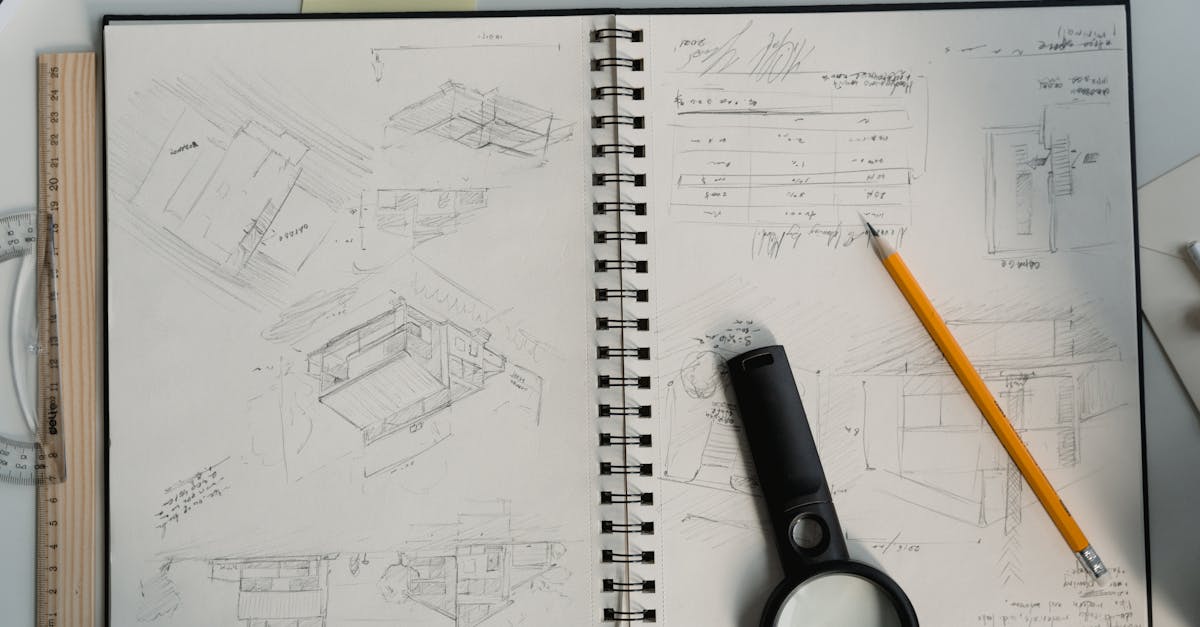
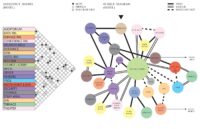
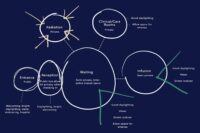
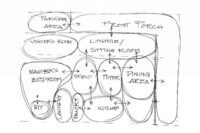
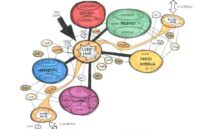
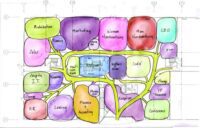
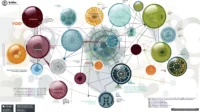
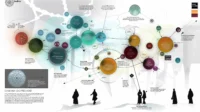
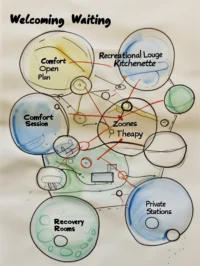

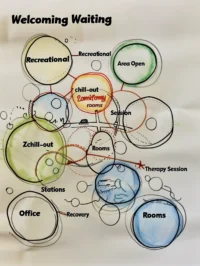
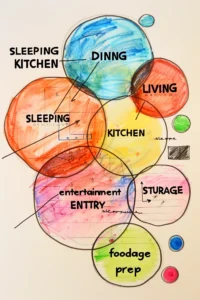














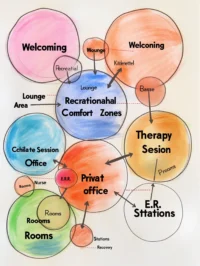






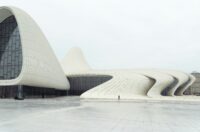


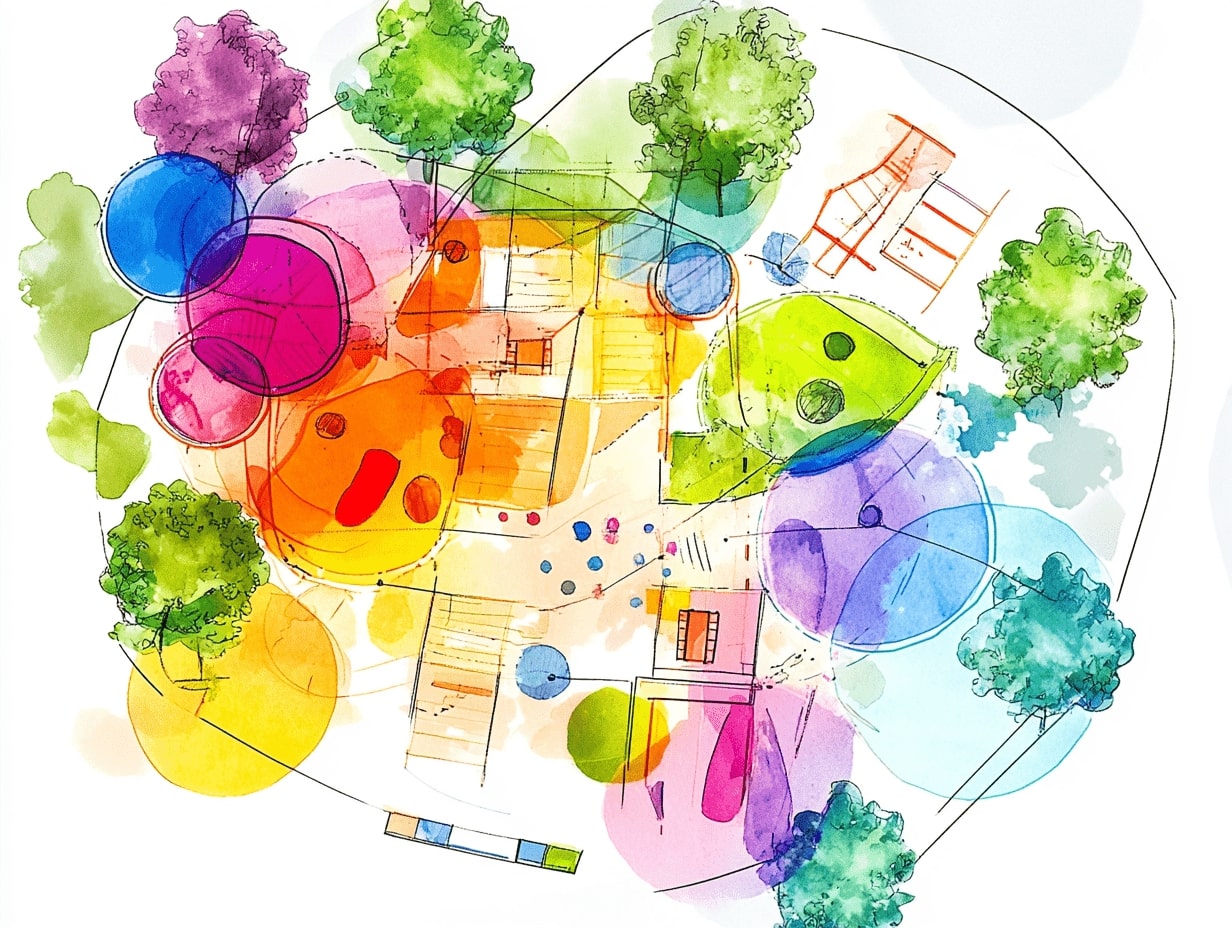
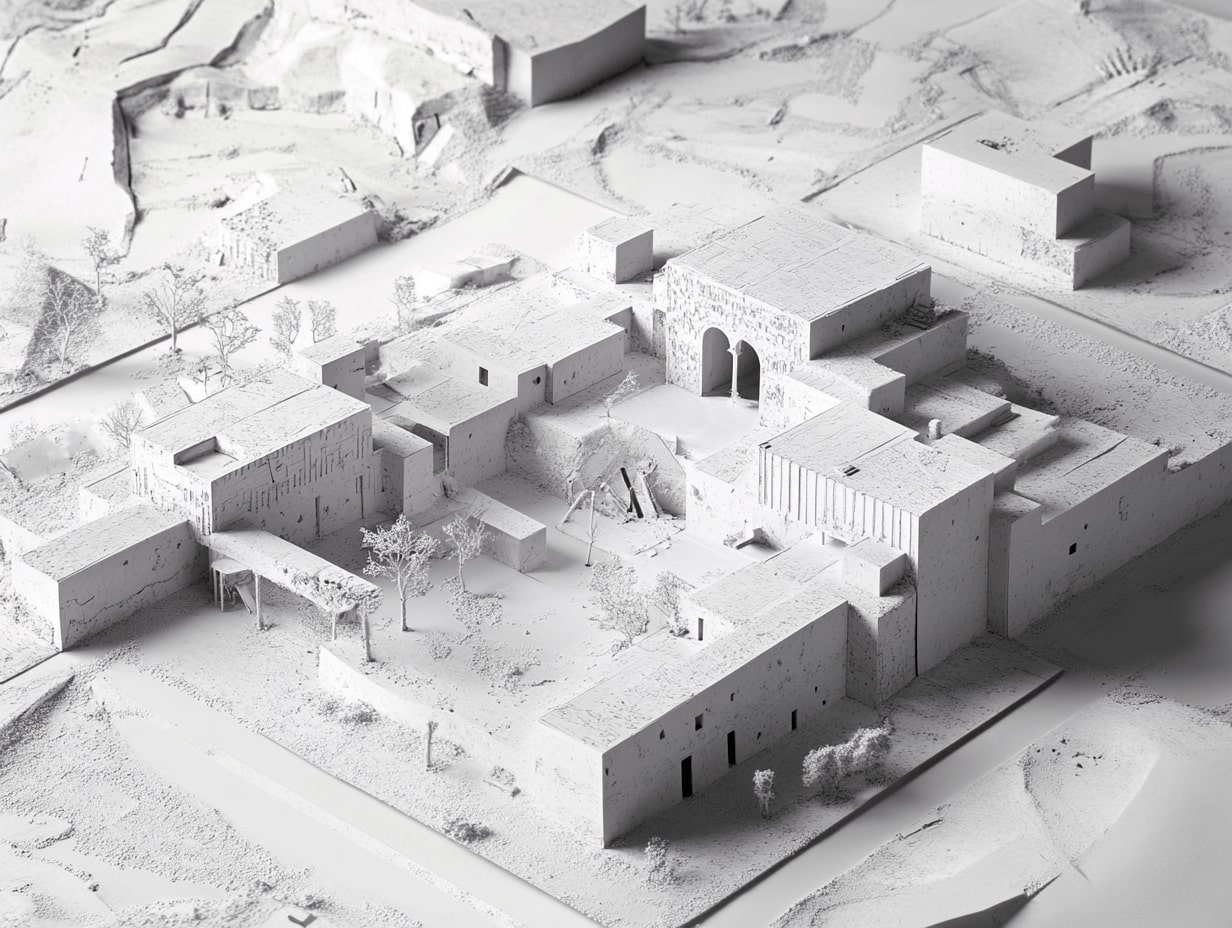
This article talks about bubble diagrams in architecture. It seems useful for organizing spaces. I think it’s interesting how they help in the design process.
I really liked this article! Bubble diagrams sound like a fun and easy way to plan spaces. It’s amazing how simple shapes can help architects organize their ideas. I can’t wait to see how they are used in real buildings!
This article explains bubble diagrams very well. They help architects plan spaces easily by using simple circles. It’s interesting how they have been used since the early 20th century and are still important today, especially with new technology. Bubble diagrams make it easier for designers to share ideas with clients.
I think bubble diagrams are useful for architects. They help in showing how different spaces connect. It’s interesting to know they have been used for a long time.
The article explains bubble diagrams well. They seem to make the design process easier, especially in the beginning. I like that they help with planning and communication.